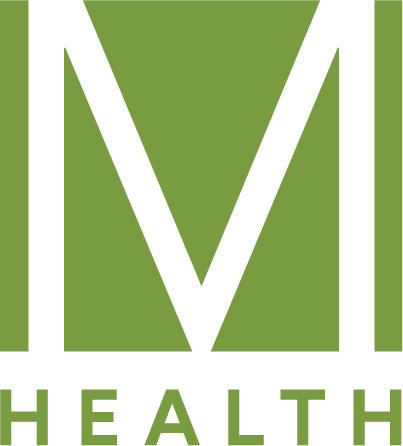Content’s Moment of Truth: COVID-19, American Idol and the New Digital Norm
COVID-19 has forced us to fundamentally alter the way we live, work and interact with each other. The new digital norm, instigated by social distancing and self-isolation, has led to profound changes in the way we create and engage with content. But how long will these changes last when the crisis is over?
Online video conferencing has transformed our homes into schools, offices, gyms, and places to meet, party and date. “We Live in Zoom Now,” The New York Times proclaimed early in the lock-down. For those of us who were able to work from home already, and lucky enough to still be working, the transition has been relatively easy. Sales calls, business meetings, team workshops and collaboration have all gone completely online.
Even industry conferences, festivals and exclusive events such as Shanghai Fashion Week have become more inclusive virtual experiences. The environmental and financial justification for companies flying millions of people around the world was already under significant pressure, but COVID-19 is demonstrating that we humans can do, and take part in, almost anything online.
Meanwhile, the volume of digital content being consumed via connected TV viewing and video-on-demand is exploding. Film studios are now releasing their movies on digital earlier than planned. More and more are going straight to Netflix. New content, warns The Economist, like toilet paper, is in danger of running out.
In the effort to keep our content coming, while normal TV and film productions are shut down, new kinds of content experiences are emerging. The pandemic-era home-produced TV show has arrived, along with the home-made advertising to go with it. Using smartphones, webcams and simple camera set-ups, these types of content experience deliver an intimacy previously unknown on network TV, all without host, director or producer ever leaving their homes. Jimmy Kimmel has been broadcasting his Quarantine Monologues daily in front of his now famous living room wallpaper. And there are no shortage of guests queuing up to share the split screen with him. Pop and rock stars have also been live streaming from lockdown, culminating in the ‘One World: Together at Home’ concerts shown over the weekend to celebrate healthcare workers. The Global Citizen / WHO event offered some memorable, warts-and-all musical moments and glimpses into the artists' homes. Who would think Sir Elton John had a basketball hoop in his yard?
‘Jan from Toyota’ shot at home (photo:The Drum.com)
Ads too are being created with all the creative and production coordinated remotely, including scripting, casting, styling, shooting, and post-production. Our screens are filling with examples, from the Walmart employees' emotional rendition of 'Lean on Me' with uplifting photos and videos of neighbors helping each other, to Jan from Toyota’s informational ‘We’re here for you’ spot on open service centers and deferred vehicle payments. The creative solutions aren’t stunning, but they’re highly personal and designed to educate, reassure, and sometimes inspire.
Not every pandemic-era new content experience is being shot in the home. With the world confined indoors, Audi is connecting with locked-down Australians through the freedom of the open road. Audi Australia has created ‘The Drive’, a 4-hour long, slow TV film that lets viewers (with lots of time on their hands) share a meditative road trip through the New South Wales countryside in the new Audi A6 Sedan. The soundtrack, scored by composer John Hassell from isolation in France, completes the Zen-like experience.
Audi’s ‘The Drive’: Self-isolation on the open road
The technology being used today for remote ad and video production certainly delivers a far better product than attempts to create this kind of content did in times past. However, production values that were unthinkable (think portrait iPhone crops here), are now becoming common on network TV. Will the novelty of mass-personalized, home-made content survive the pandemic? How long will people be prepared to watch celebrities in sweatpants chatting from a single camera angle in their basements? The answer, of course, depends on what the speaker has to say.
As a creative agency, M Health has been perfecting the remote capture of deep personal insight from patients in their homes and healthcare providers in remote geographies for years. The most important question is not about production values, it’s about the content. It’s all about the story. Is there substance? Is there authenticity? Is there human truth? And this is the rub. When there isn’t, it really shows. There’s literally nowhere to hide in the living room of home-made content creation.
So, my son Louis Knight is a contestant on this year’s American Idol. As I sit and write this between Microsoft Teams meetings, his bedroom has turned into a DIY film studio. American Idol are now producing the remainder of the season remotely too. AV tech has been arriving all week. Location scouting, technical support, coaching, rehearsal and creative direction have all been conducted on Zoom. Host Ryan Seacrest, judges Katy, Lionel and Luke, and the final 20 contestants, will all be performing from their own homes. A TV first.
And of course, we get to vote on the performances. From our own homes. Truly content’s moment of truth.
American Idol airs at 8pm EST, Sundays on ABC.



